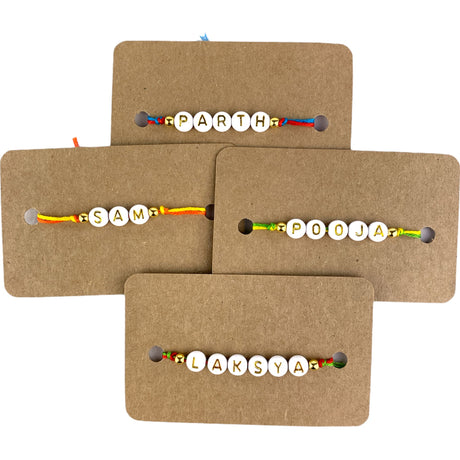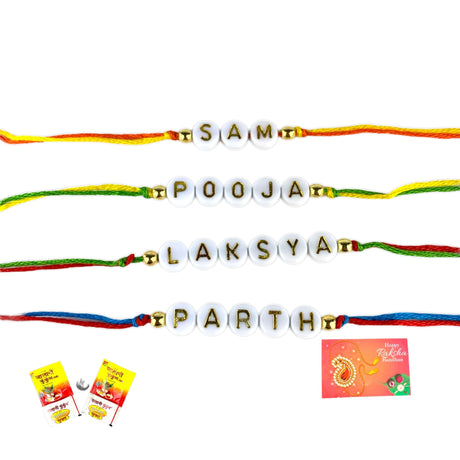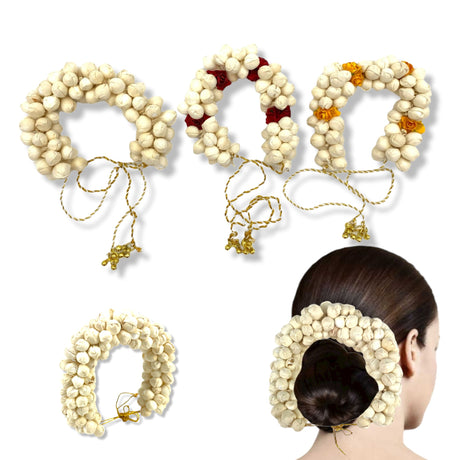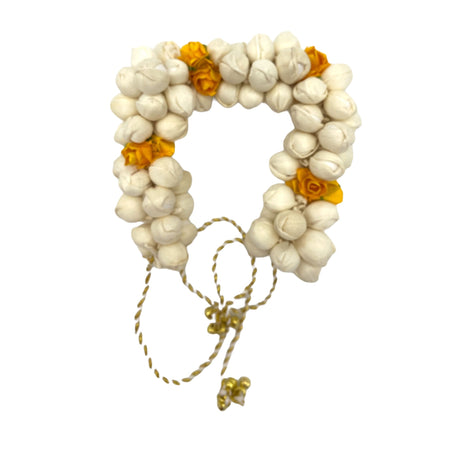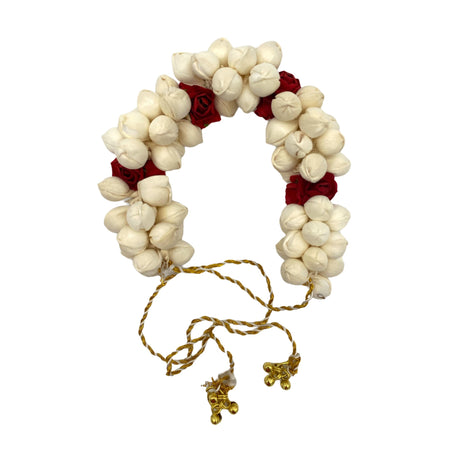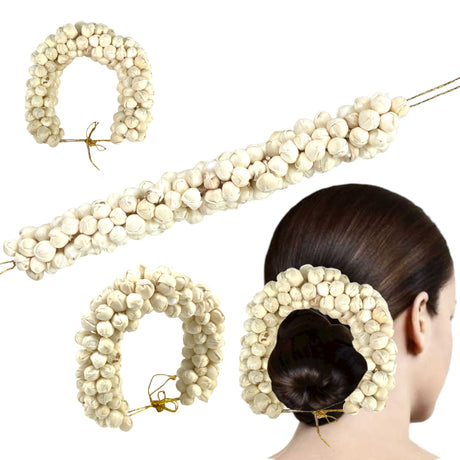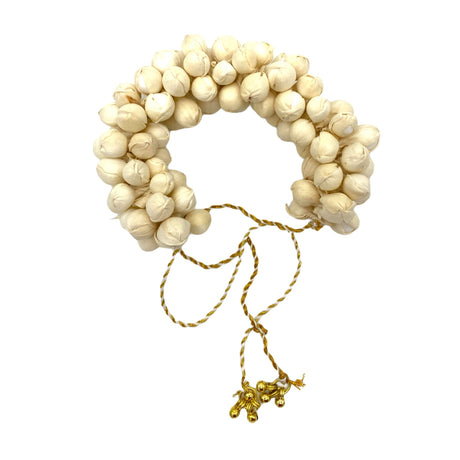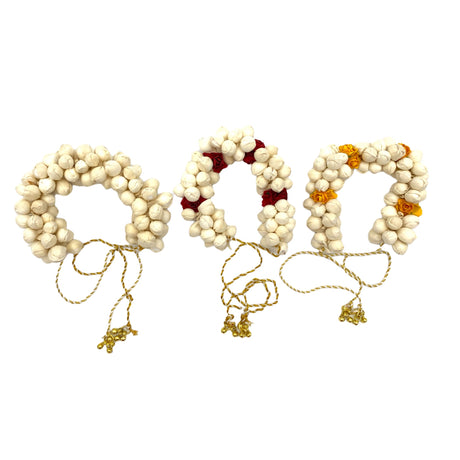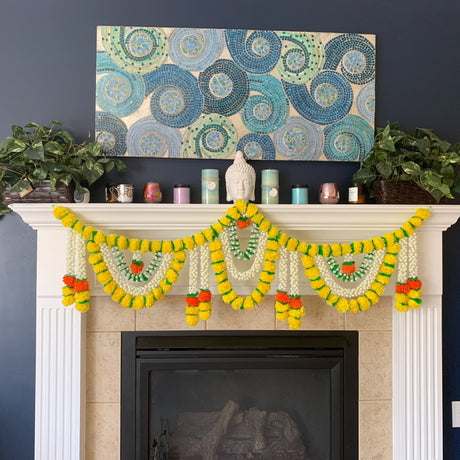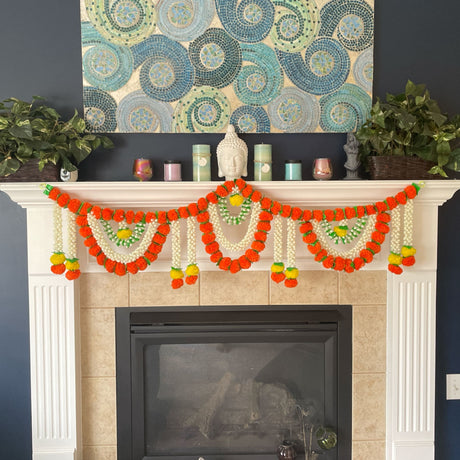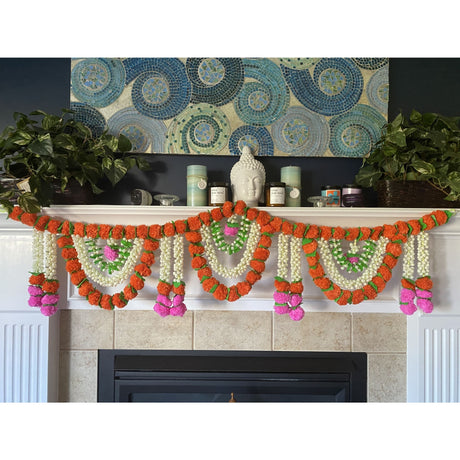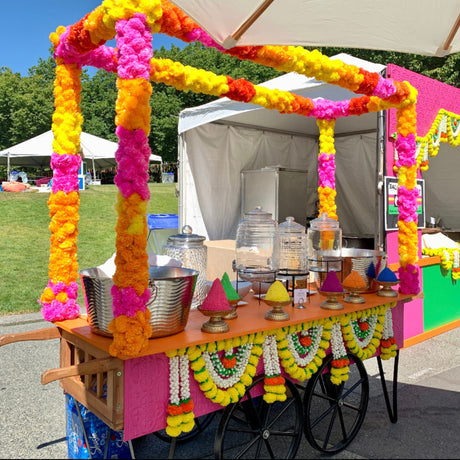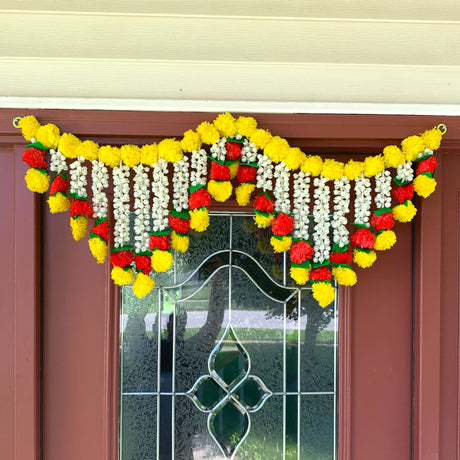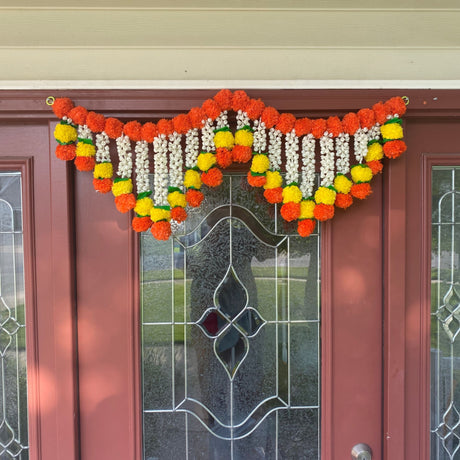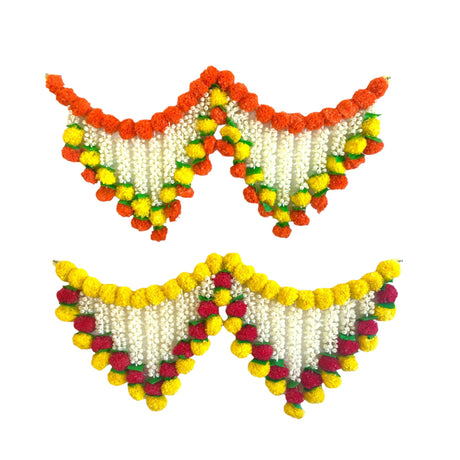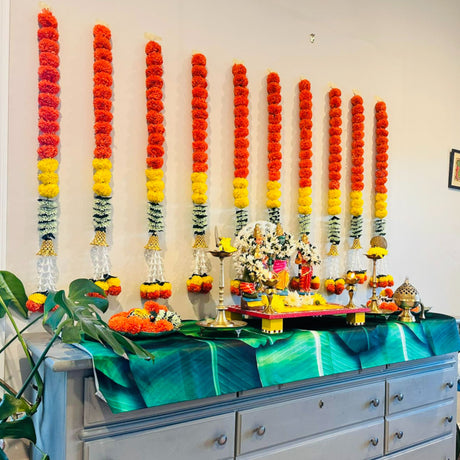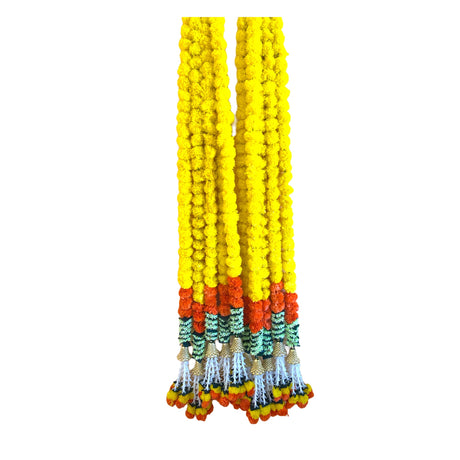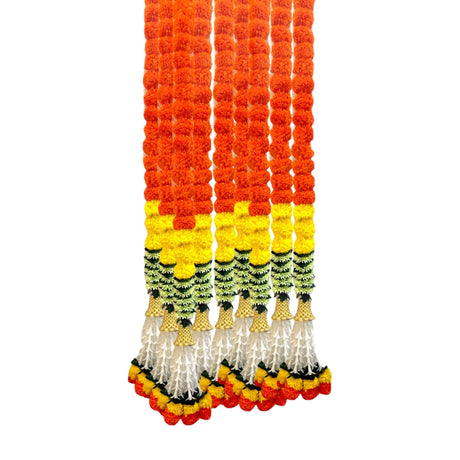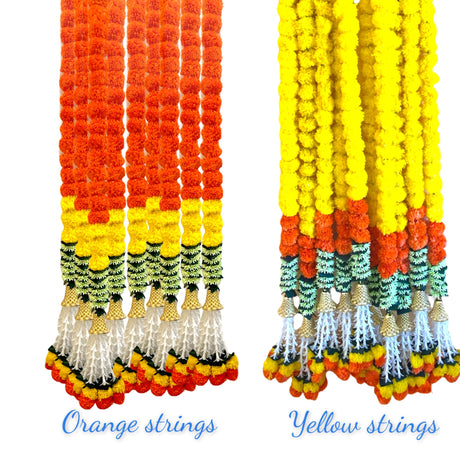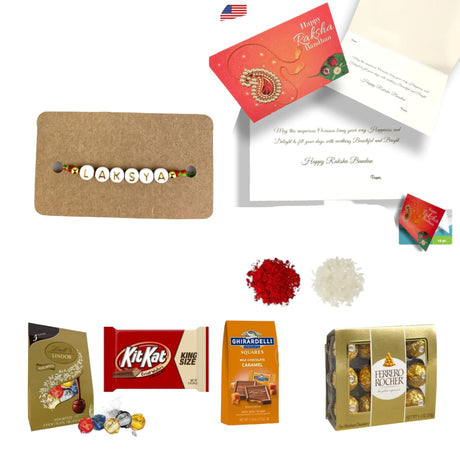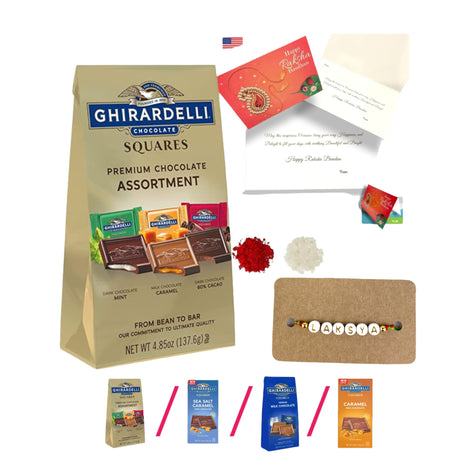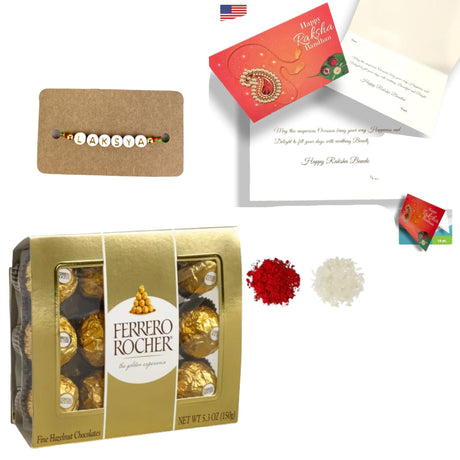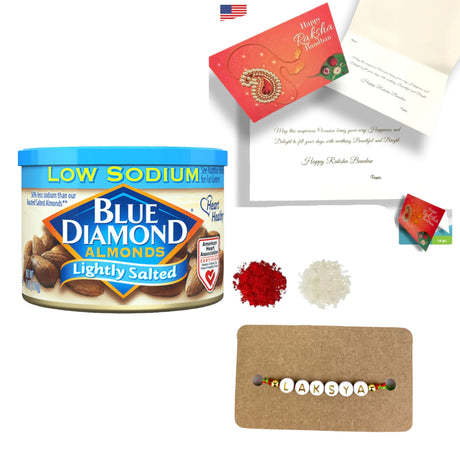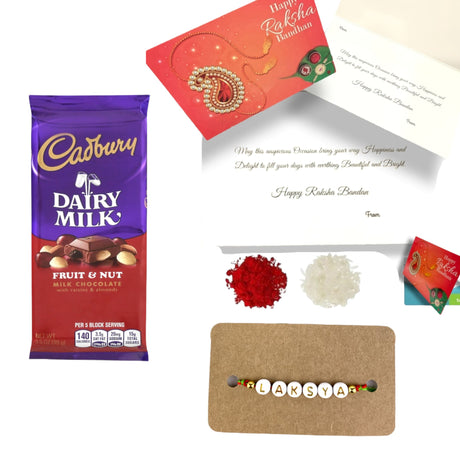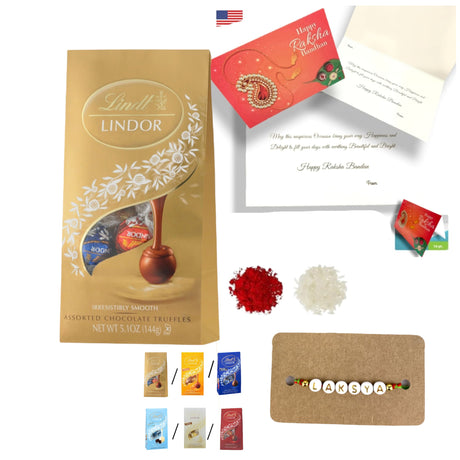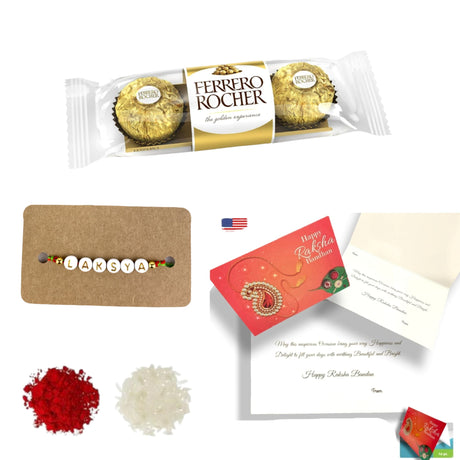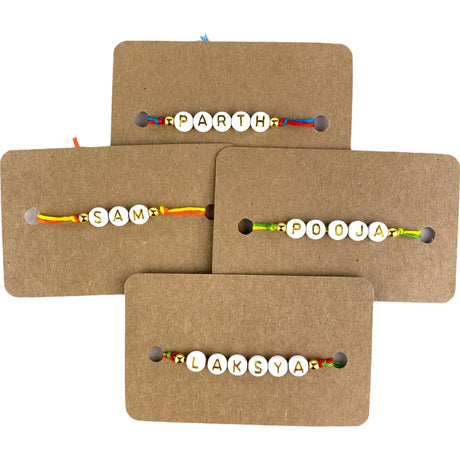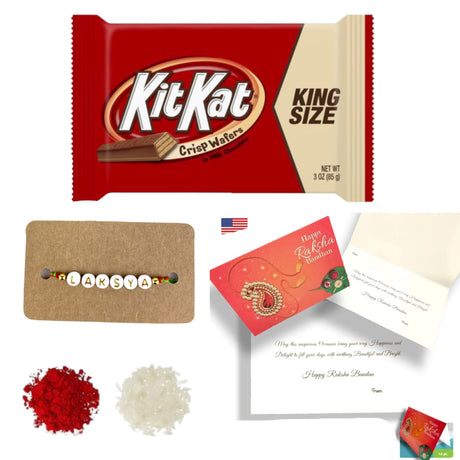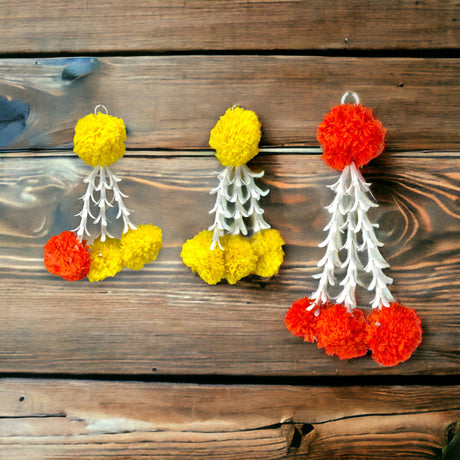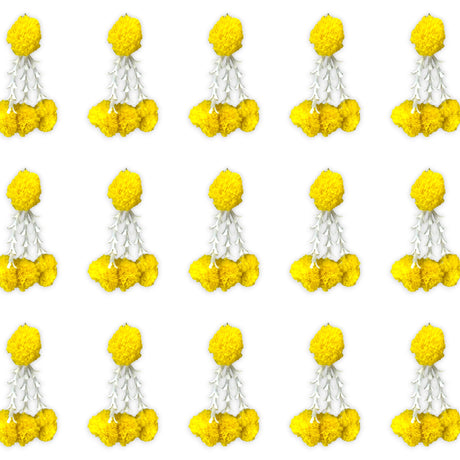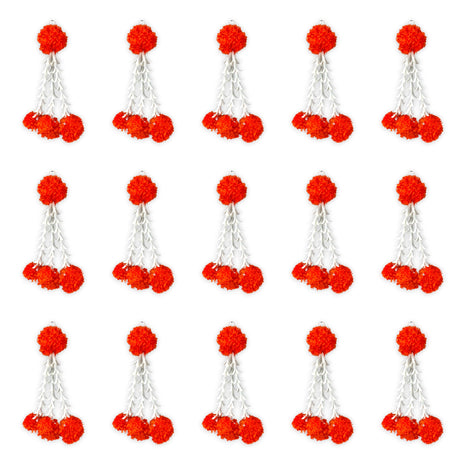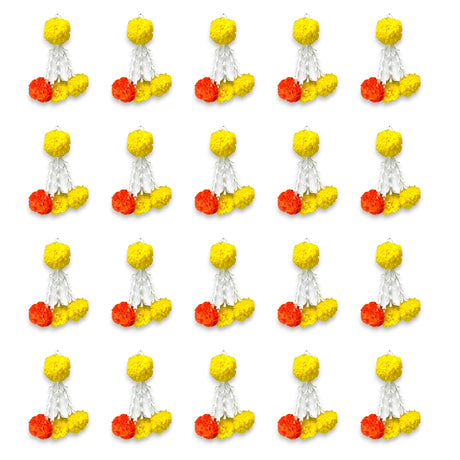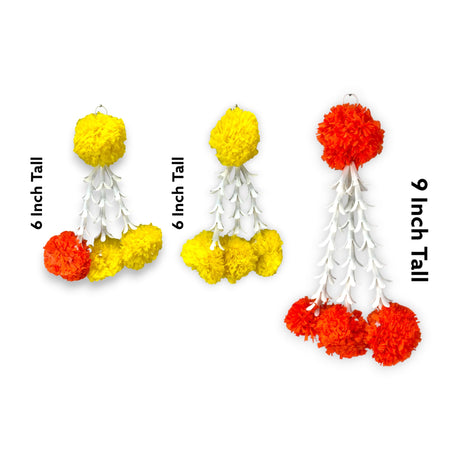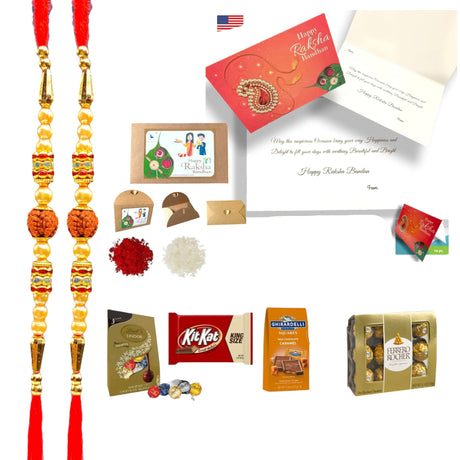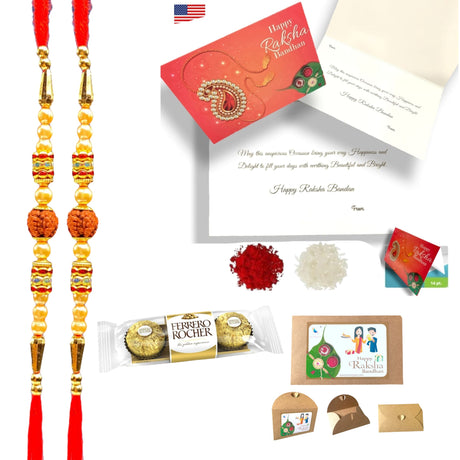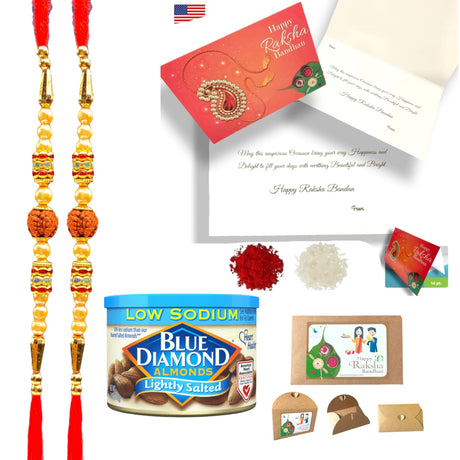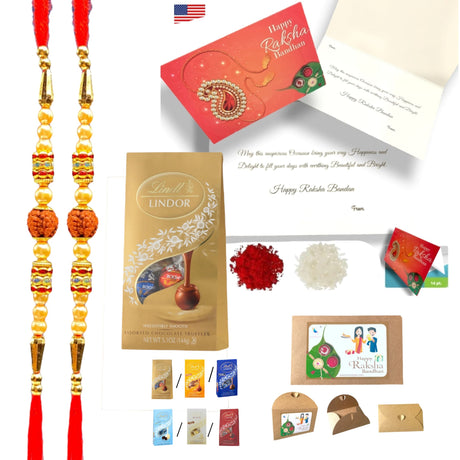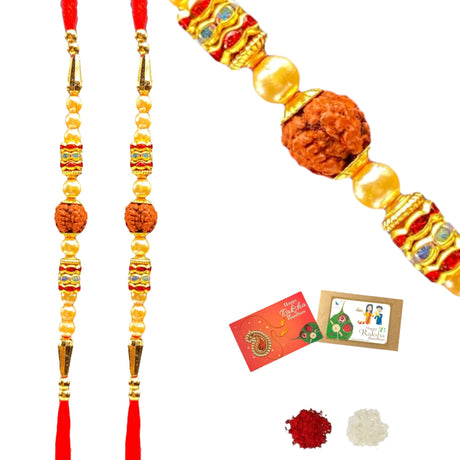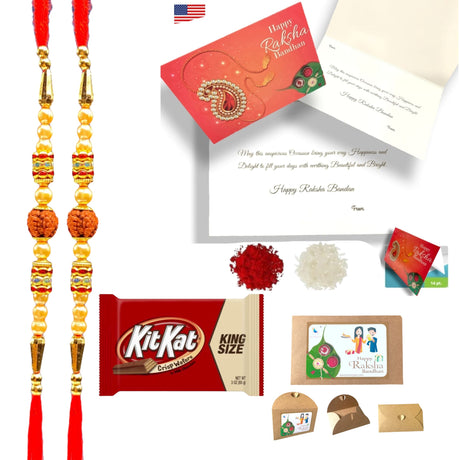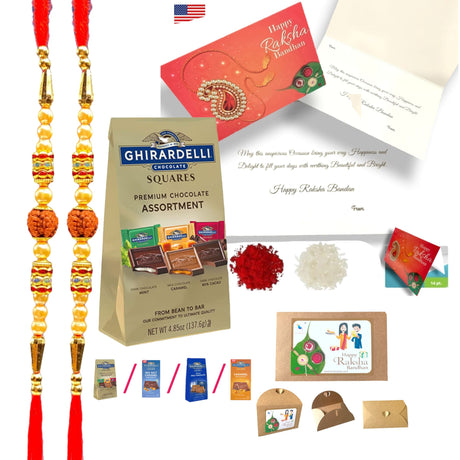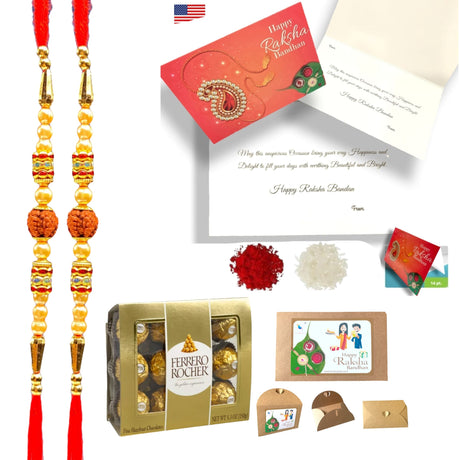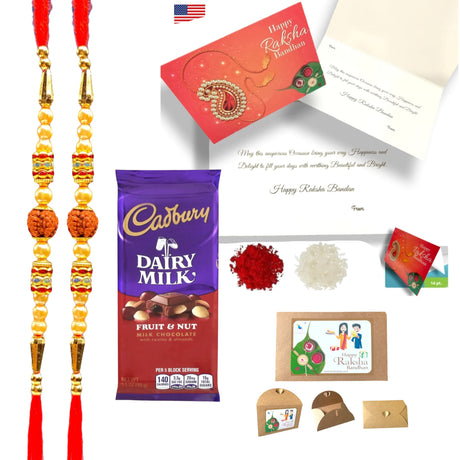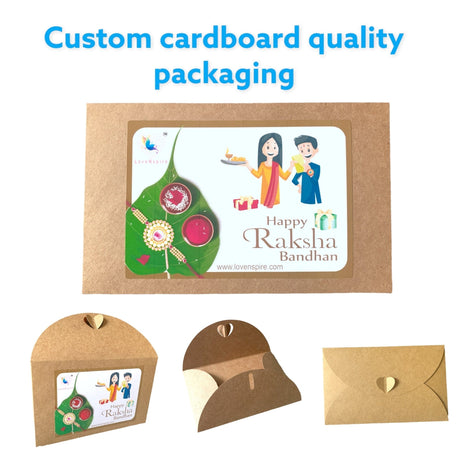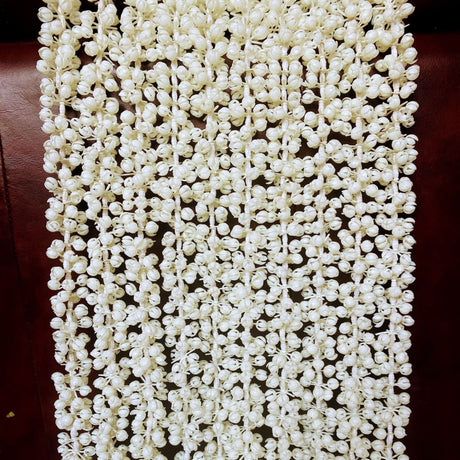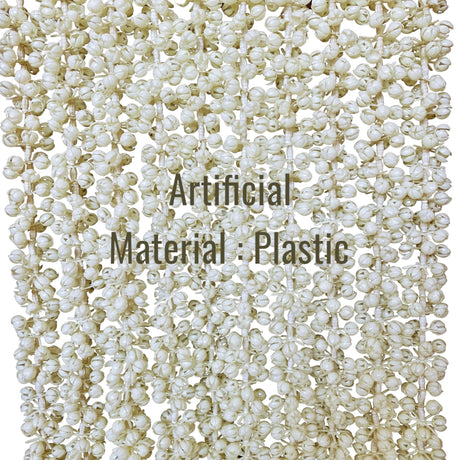Introduction
Indian wooden toys are highly valued for their cultural importance and artistic skill. These handmade toys, especially those from Varanasi, beautifully represent India's diverse heritage and traditional craftsmanship. Varanasi, one of the oldest continuously inhabited cities in India, has become a center for creating intricate wooden toys such as traditional Indian toys.
The detailed patterns and bright colors of these toys often portray mythological characters like Ganesha and Hanuman, as well as various animals and birds. Each piece has its own story to tell, reflecting the deep-rooted cultural traditions of the area.
Key Takeaway
Discover the beauty and artistry behind Indian wooden toys, with a particular emphasis on Varanasi. Learn how these timeless creations connect cultural heritage with contemporary living, offering significant connections through their stunning designs.
Historical Journey of Wooden Toys in India
Toy-making in India has a rich historical background that dates back to ancient times. From the early days, artisans crafted toys using natural materials like clay and stone. As craftsmanship evolved, the Mughal era witnessed a significant shift with the introduction of ivory carving. This period was marked by intricate designs and detailed workmanship that set a high standard for toy artistry.
Transition from Ivory to Woodcarving
With the ban on ivory due to conservation efforts, artisans transitioned to woodcarving. This shift not only preserved their craft but also introduced new dimensions to toy-making. Locally sourced woods such as Sal, Seesham, and eucalyptus became popular mediums, allowing craftsmen to continue creating beautiful and durable toys.
Influence of Mughal and British Eras
The Mughal era left an indelible mark on Indian toy designs with its emphasis on elaborate patterns and motifs. These influences carried over into the British era, which introduced new tools and techniques that further refined woodcarving practices. The integration of these diverse influences resulted in unique and exquisite wooden toys that are still celebrated today.
Varanasi: A Center for Wooden Toy Production
Varanasi holds historical importance as a hub for wooden toy production. Known as one of the oldest living cities in India, it has been home to skilled artisans who have passed down their knowledge through generations. The city's craftspeople are renowned for their ability to blend tradition with innovation, creating toys that captivate both children and collectors alike.
- Mughal Era: Introduced intricate ivory carvings.
- British Era: Brought new tools and techniques.
- Varanasi: Continues to be a prominent center for wooden toy craftsmanship.
The journey of wooden toys in India is a testament to the enduring legacy of traditional craftsmanship adapted through changing times. The evolution from ivory to woodcarving highlights the resilience and creativity of Indian artisans, particularly those from Varanasi.
The Artistry Behind Indian Wooden Toys
The creation of traditional Indian wooden toys is a testament to the craftsmanship and dedication of skilled artisans. Each toy undergoes a meticulous process, ensuring it embodies both cultural heritage and artistic excellence.
Crafting Process Step-by-Step
- Wood Selection: Artisans begin by selecting the finest quality wood, typically Sal, Seesham, or eucalyptus, known for their durability and workability.
- Wood Preparation: The selected logs are cut into manageable pieces and heated to remove moisture. This prevents cracking and ensures longevity.
- Shaping and Carving: Using hand tools like chisels and mallets or mechanical lathes, artisans shape the wood into desired forms. Intricate details are carved meticulously by hand.
- Sanding: The toys are sanded multiple times to achieve a smooth finish, making them safe for children to handle.
- Painting and Decoration: Artisans apply vibrant natural dyes in multiple coats to add color and character to each piece. Traditional motifs often include mythological figures, animals, and nature-inspired designs.
- Finishing Touches: A coat of lacquer is applied to enhance durability and give the toys a glossy finish.
Tools and Materials
- Hand Tools: Chisels, mallets, carving knives
- Mechanical Tools: Lathes for shaping larger pieces
- Natural Dyes: Extracted from plants and minerals
- Lacquer Finish: Ensures durability and aesthetic appeal
Preserving Traditional Methods
The significance of preserving these traditional methods cannot be overstated. In an age dominated by mass production, maintaining these artisanal practices ensures the survival of cultural heritage. Handcrafted wooden toys are not just playthings; they are symbols of a rich tradition that spans centuries.
Artisans in Varanasi continue to pass down their knowledge through generations, fostering a deep connection between past and present. This dedication to craftsmanship keeps the spirit of traditional wooden toys alive, offering a meaningful alternative to factory-made products.
By appreciating the artistry behind these creations, we contribute to sustaining an invaluable cultural legacy while celebrating the beauty of handcrafted excellence.
Exploring Different Types of Wooden Toys from Varanasi
1. Banaras Wooden Toys: A Blend of Tradition and Innovation
Banaras wooden toys are known for their bright colors and detailed carvings, representing a combination of traditional craftsmanship and modern creativity. Each toy is carefully crafted, making it not only visually appealing but also culturally significant.
Popular Designs:
- Animals: Elephants, horses, and birds are common motifs. These figures are often sculpted in dynamic poses, capturing the essence of the creatures they represent.
- Dolls: Traditional dolls dressed in elaborate attire reflect various regional costumes and social scenes. These dolls often serve as educational tools, helping children learn about different Indian cultures.
- Musical Instruments: Miniature replicas of traditional instruments like tablas, sitars, and flutes introduce young minds to India's musical heritage.
"The craftsmanship behind Banaras wooden toys is not just about creating playthings; it’s about preserving stories, traditions, and art forms that have been passed down through generations."
Crafting Techniques:
Artisans use locally sourced woods such as Sal and Seesham to create these exquisite toys. The process involves:
- Wood Selection and Preparation: Choosing the right wood is crucial. Logs are cut into manageable pieces and heated to remove moisture.
- Carving: Skilled hands carve intricate designs using chisels and small knives.
- Sanding: To achieve a smooth finish, each piece is meticulously sanded.
- Painting: Bright colors are applied in multiple layers to ensure vibrancy.
- Lacquering: A final coat of lacquer adds durability and shine.
These steps highlight the dedication and precision required to produce Banaras wooden toys, making them cherished keepsakes that carry forward India's rich cultural legacy.
Through these toys, artisans continue to innovate while staying true to their traditional roots, creating pieces that resonate with both children and adults alike.
2. Channapatna Wooden Toys: The Art of Precision Craftsmanship
Channapatna wooden toys, originating from the town of Channapatna in Karnataka, are known for their smooth finish and the use of natural dyes. These toys are a perfect combination of tradition and skillful craftsmanship.
Key Features:
- Smooth Finish: Each toy goes through a thorough process of sanding and polishing to achieve a texture that is pleasing to touch.
- Natural Dyes: Artisans use dyes extracted from natural sources like turmeric, indigo, and lac, making sure the toys are safe for children.
Popular Designs:
- Traditional Games: Sets like 'Pachisi' (an ancient Indian board game) and 'Brahma Kumari' (intricate figurine sets used in storytelling) are popular choices that captivate both children and adults.
- Educational Toys: Puzzles, counting beads, and stackable rings designed to promote cognitive development are commonly found among Channapatna creations.
Channapatna wooden toys not only stand out for their beauty but also play a part in preserving eco-friendly practices by using sustainable materials and natural finishes.
3. Kondapalli Toys: Whimsical Creations from Andhra Pradesh
Kondapalli toys stand out with their whimsical characters and intricate designs, making them a beloved choice among Indian wooden toys. Originating from the small village of Kondapalli in Andhra Pradesh, these toys showcase vibrant scenes featuring playful clowns, graceful dancers, and various other figures that capture the imagination.
Distinctive Features and Designs:
- Playful Characters: Kondapalli toys often depict lively scenes with clowns, dancers, and animals that bring a sense of joy and wonder.
- Storytelling Through Play: These toys are more than just playthings; they serve as tools for storytelling, helping children weave tales around the characters they hold.
- Craftsmanship: The artisans use softwood, usually sourced locally, which is then meticulously carved and painted with bright, natural colors. This process ensures each piece is unique and carries the traditional essence of the region.
Kondapalli toys reflect a beautiful blend of artistry and cultural narratives, making them an integral part of India's rich toy-making heritage. Their distinctiveness lies not only in their appearance but also in their ability to promote creative play and storytelling.
Cultural Influences Reflected in Wooden Toy Designs
Indian wooden toys beautifully capture the country's rich culture. They often feature mythological figures like Ganesha and Hanuman, who hold deep cultural meaning. Ganesha, the elephant-headed god, represents wisdom and prosperity, making him a beloved figure in Indian households. For example, you can find beautiful wooden Ganesha idols that make perfect gifts or home decor. Hanuman, the monkey god, symbolizes strength and devotion, often inspiring themes of courage in toy designs.
Mythological Figures
- Ganesha: Toys featuring Ganesha often showcase him in various postures, from his classic seated position to more playful stances ideal for children's imaginative play.
- Hanuman: Depictions of Hanuman are abundant, showing him leaping across mountains or wielding his iconic mace, fostering storytelling and moral lessons through play.
Animals and Nature
Animals hold a special place in Indian culture and are prevalent motifs in wooden toys. Various regions infuse their unique fauna into designs:
- Elephants: Symbolizing royalty and power, intricately carved elephants are popular across India.
- Peacocks: Representing beauty and grace, peacock motifs are commonly seen in toys from Rajasthan.
- Tigers: As India's national animal, tigers appear frequently, embodying the spirit of strength and independence.
Nature also influences these artistic creations. Trees, flowers, and other natural elements are intricately carved to reflect India's biodiversity. Artisans from different regions add their local flora and fauna into their craftsmanship:
- Banaras Toys: Often feature regional birds like parrots and peacocks.
- Channapatna Toys: Known for their smooth finish often depict simple yet elegant animals crafted with natural dyes.
Indian wooden toys thus serve as cultural ambassadors, preserving heritage while nurturing a child's development through play.
Why Choose Wooden Toys for Your Child's Development?
Choosing wooden toys for your child's development presents numerous benefits that extend beyond mere play.
1. Durability and Safety
Wooden toys are renowned for their durability. Unlike plastic toys, which can easily break and pose choking hazards, high-quality wooden playthings withstand rough handling and last for generations. This durability ensures a safer play environment, reducing the risk of injury from broken parts.
2. Eco-Friendly Benefits
Opting for wooden toys is an eco-friendly choice. These toys are often made from sustainably sourced wood, such as Sal, Seesham, and eucalyptus, minimizing environmental impact. Additionally, many wooden toys are painted with non-toxic, natural dyes, ensuring they are safe for children and the planet.
"In a world increasingly conscious of ecological footprints, wooden toys stand out as a responsible choice."
3. Stimulating Imagination
Wooden toys stimulate imaginative play, fostering creativity and innovation in children. Their simplicity encourages kids to use their imagination to create stories and scenarios, rather than relying on pre-programmed electronic features. For instance, a simple wooden block can become anything from a car to a castle in the hands of an imaginative child.
4. Fine Motor Skills Development
Playing with wooden toys also aids in developing fine motor skills. The tactile experience of handling different shapes and sizes helps children improve their hand-eye coordination and dexterity. Activities like stacking blocks or fitting pieces together offer valuable practice in precision and control.
5. Interactive Play Sessions
Wooden toys promote interactive play sessions that can be shared with family and friends. This collaborative play enhances social skills and emotional development as children learn to share and communicate effectively while engaging with these timeless objects.
Choosing Indian wooden toys offers not just a piece of cultural heritage but a multitude of developmental benefits for your child’s growth.
Challenges Facing India's Wooden Toy Industry Today
Indian wooden toys, known for their detailed craftsmanship and cultural importance, face significant challenges in today's market. These issues affect not only artisans in Varanasi but also the larger toy-making industry in India.
Rising Raw Material Costs
One major problem is the increasing cost of sourcing high-quality wood. Woods like Sal, Seesham, and eucalyptus are essential for making long-lasting and beautifully finished products. However, the prices of these materials have been steadily rising, putting financial pressure on artisans who depend on them.
Low Wages for Artisans
Despite the high skill level needed to create these exquisite toys, many craftsmen receive low wages. This economic inequality is a significant concern within the industry. Artisans often struggle to support themselves and pass down their traditional skills to future generations. The lack of fair payment discourages young people from entering the trade, threatening the survival of this cultural heritage.
Power Supply Issues
Another challenge is unreliable electricity supply. Stable power is crucial for operating tools and machines used in different stages of toy production. Frequent power cuts can disrupt work processes, reduce productivity, and lengthen overall production time, making it hard for artisans to meet demand efficiently.
Broader Industry Challenges
These challenges extend beyond Varanasi and affect the entire wooden toy industry in India:
- Market Competition: Competing with mass-produced plastic toys that are cheaper and more widely available.
- Regulatory Obstacles: Dealing with complex rules and policies that may not always benefit small-scale artisans.
- Global Market Changes: Adapting to shifting preferences in international markets while still keeping traditional artistry intact.
These problems collectively impact the industry's ability to succeed in both domestic and global markets. Despite these challenges, Indian toy makers continue to show resilience and dedication through their exceptional craftsmanship.
An example of the kind of authentic handcrafted products you can find in Varanasi is a wooden cow nandi wall hanging bull head set. Supporting local artisans by choosing these trusted shops not only ensures you get value-for-money purchases but also helps preserve Varanasi's rich cultural heritage.
Conclusion: Embracing Tradition Through Playtime
Indian wooden toys are a perfect example of traditional craftsmanship, showcasing the rich cultural heritage of places like Varanasi. These toys, with their bright colors and intricate designs, are more than just toys; they represent a long history and skilled artistry.
Here are some ways you can support this timeless form of entertainment:
- Supporting local artisans: Look for stores that promote fair trade practices and ethical sourcing.
- Exploring online platforms: Discover marketplaces that specialize in authentic handcrafted treasures.
- Engaging with cultural heritage: Incorporate these beautifully crafted toys into your playtime activities, creating meaningful connections.
By choosing Varanasi toys and other Indian toys, you play a part in preserving this priceless art form, ensuring that these cherished traditions continue to flourish for generations to come.












